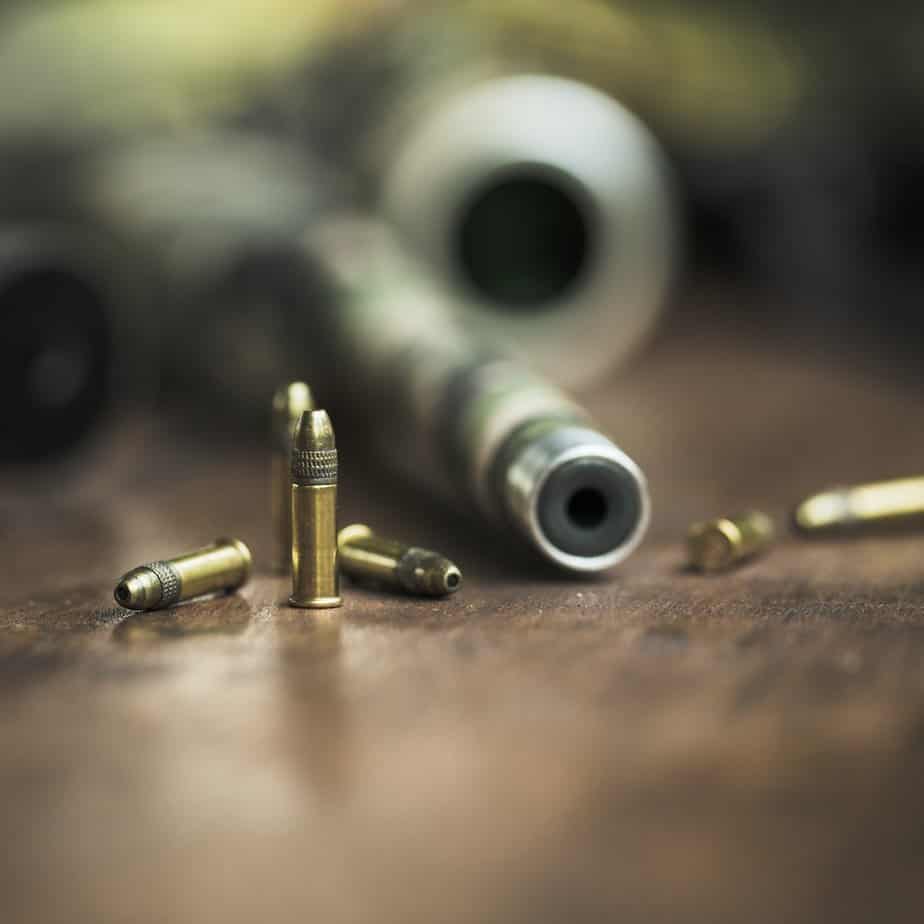The two types of ammunition or cartridges are rimfire and centerfire. The centerfire is much more fancied by shooters to the rimfire because it is reloadable and has more power than the rimfire. Once the rimfire cartridge is ignited, the cartridge gets damaged by the firing pin. However, what it lacks in terms of durability, it makes up for in terms of its cost. It is relatively cheaper than the centerfire cartridge. The rimfire has its primer located in the bottom plate of the cartridge. Just like the centerfire cartridge, the rimfire is made up of the case, the primer, the propellant and the projectile or bullet. The basic difference is how these parts work, their sizes and where they are each located.
The Case: the case of the rimfire performs the same function as that of the centerfire. It houses the other components and prevents friction between them which, if not avoided can cause untimely discharge. The case of rimfire cartridges is thin or light. This is because the firing pin or striker needs to crush the rim to ignite the primer. A thick case will not do the job. The nature of the rimfire case means it is more suited for small calibers such as the .22 long rifle.
The Primer: this is essentially what differentiates the centerfire from the rimfire. The primer serves as the fuse of a “little bomb” in your gun. With the rimfire, the priming compound is embedded into the bottom of the thin casing. The primer, when struck by the firing pin ignites and burns the smokeless powder in the cartridge. The powder turns into gas and forces the bullet out of the gun’s barrel towards the intended target.
The Propellant: the propellant, often gunpowder is what pushes the bullet out of the case. The smokeless gunpowder is widely used for a rimfire cartridge. The smokeless powder which is ignited by the primer is the “little bomb” in your firearm. However, the amount of smokeless gunpowder used in a rimfire cartridge is relatively smaller when compared to that used in a centerfire cartridge.
The Projectile: the projectile or bullet comes in different shapes, sizes and length. It is mounted on the top of the cartridge. The bullet used with the rimfire is usually smaller and lighter unlike the centerfire which can carry larger and heavier bullets. This is because the amount of gunpowder needed for a larger bullet can destroy the thin case of a rimfire cartridge. You might wonder how all of these events occur in your firearm in less than a second. Well, that is the beauty of science.
The .17 Hornady Magnum fire, .17 Winchester super magnum, .22 series (.22 long, .22 short and the .22 extra long) are common ammunition with the rimfire feature.


